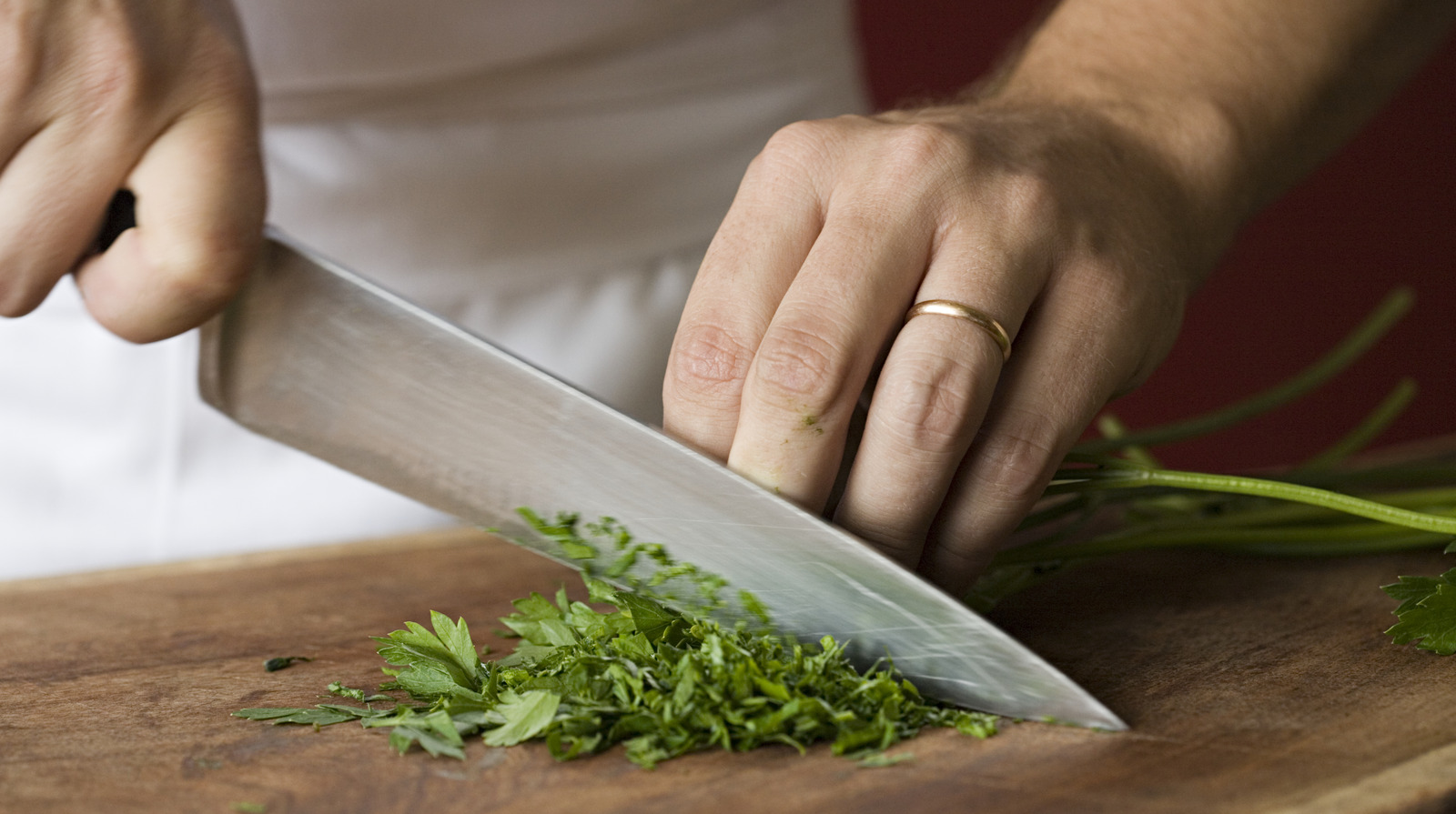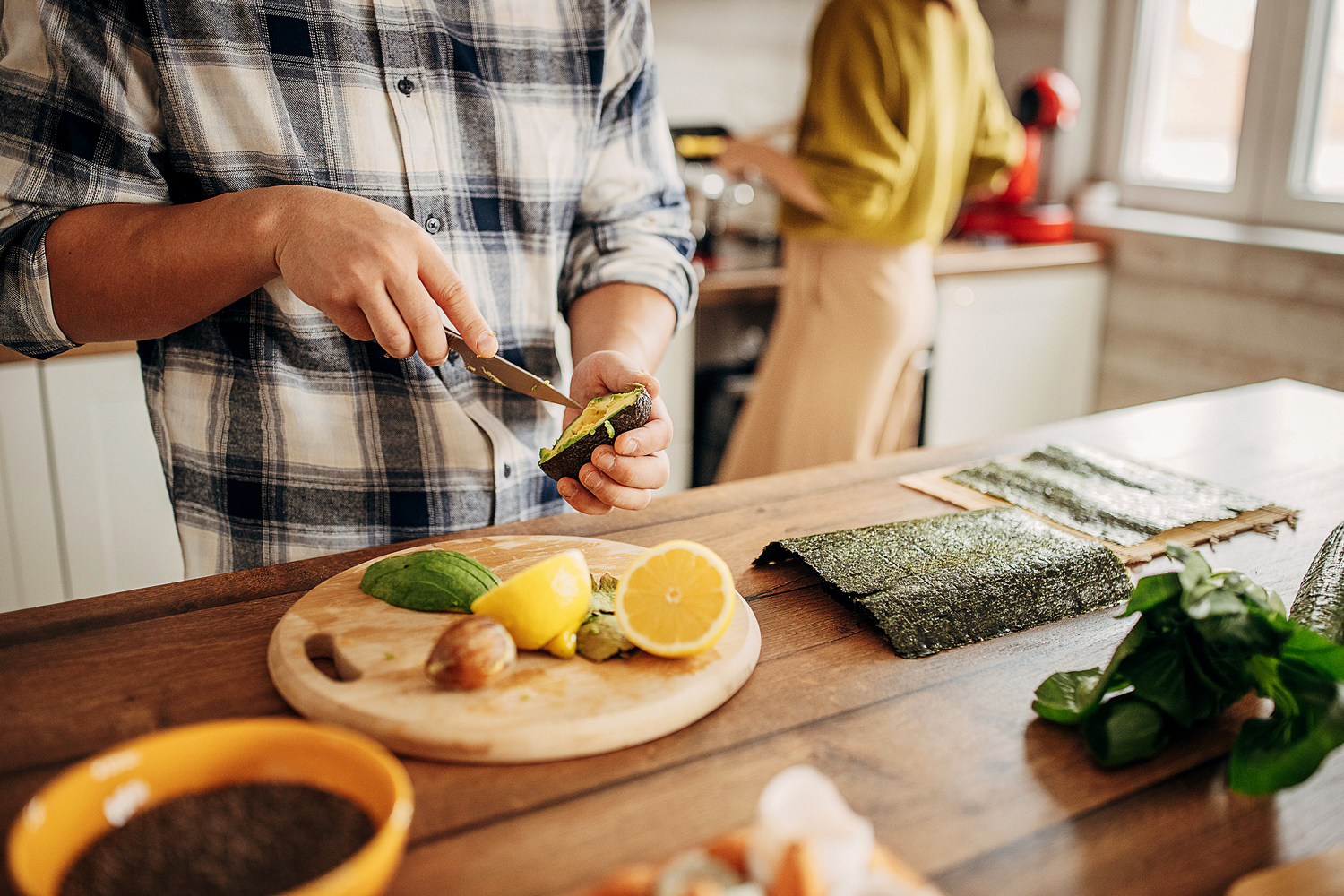How to Dry Your Cutting Board Efficiently and Safely
Written By James Morgan
Drying your cutting board might seem like a trivial task, but for barbecue enthusiasts who take pride in their kitchen tools, it is crucial. Learning how to dry cutting board properly not only extends the life of your board but also ensures food safety and hygiene. In this comprehensive guide, we'll explore everything you need to know about drying cutting boards, specifically tailored for barbecue lovers.

Why Proper Drying Matters
Understanding why proper drying is essential can motivate you to adopt good habits. A wet or improperly dried cutting board can become a breeding ground for bacteria and mold, which poses serious health risks. Additionally, poor drying practices can lead to warping, cracking, and splintering, significantly reducing the lifespan of your cutting board.
The Right Technique to Dry a Cutting Board
When it comes to drying a cutting board, the technique matters. Here's a step-by-step guide to help you master the process:

Step 1: Immediate Rinse
After using your cutting board, rinse it under hot water immediately. This helps remove food particles and prevents them from sticking to the board. Use a scrub brush if necessary, but avoid soaking the board as prolonged exposure to water can cause damage.

Step 2: Gentle Soap Wash
Use a mild soap and warm water to clean the board. Avoid using harsh detergents or bleach, as these can degrade the wood or plastic materials. Gently scrub the surface and rinse off the soap thoroughly.
Step 3: Pat Dry with a Towel
After washing, use a clean, dry towel to pat the board dry. Make sure to remove as much moisture as possible. For best results, use a microfiber towel that can absorb excess water quickly.

Step 4: Air Dry Properly
Air drying is a crucial step in ensuring your cutting board dries completely. Place the board on a dish rack or place it vertically against a wall to allow both sides to dry evenly. Ensure it is in a well-ventilated area.
Step 5: Oiling the Cutting Board
Regularly oiling your cutting board helps maintain its condition and prolongs its life. For wooden boards, use food-grade mineral oil. Apply a generous amount and let it soak in overnight before using the board again.
Common Mistakes to Avoid
Even with the best intentions, mistakes can happen. Here are some common pitfalls to watch out for:
Using the Dishwasher
Never put your wooden cutting board in the dishwasher. The high heat and prolonged exposure to water can cause it to warp and crack. Always hand-wash and dry your board promptly.
Not Drying Completely
Leaving your cutting board even slightly damp can result in mold and bacterial growth. Always ensure it is completely dry before storing it away.
Using Excessive Heat
Avoid placing your board near a heat source like a stove or oven to speed up drying. Excessive heat can damage the board's material.
Maintaining Different Types of Cutting Boards
Barbecue enthusiasts often use various types of cutting boards, each requiring specific care and maintenance:
Wooden Cutting Boards
Wooden cutting boards are a favorite among BBQ lovers for their durability and knife-friendly surface. Regular oiling and proper drying are essential to keep them in top shape.
Bamboo Cutting Boards
Bamboo boards are eco-friendly and highly durable. However, they are more susceptible to cracking if not dried properly. Make sure to follow the drying steps meticulously.
Plastic Cutting Boards
Plastic boards are easy to clean and dishwasher safe. However, if you prefer hand-washing, ensure they are dried completely to avoid bacterial growth.
Glass Cutting Boards
Glass boards are less common but are highly resistant to staining and odors. They require minimal maintenance but should be dried thoroughly to avoid water spots.
Pro Tips for Barbecue Enthusiasts
As a barbecue enthusiast, taking care of your cutting board ensures it remains a reliable tool during your BBQ sessions. Here are some pro tips:
Use Separate Boards
Have separate cutting boards for raw meat and vegetables to avoid cross-contamination. Color-coded boards can help you keep track of them easily.
Invest in Quality
Investing in a high-quality cutting board is worth it for long-term use. Look for boards made from durable materials that can withstand heavy use.
Regular Maintenance
Perform regular maintenance, including cleaning, drying, and oiling, to keep your cutting board in top condition.
FAQs
Q1: How often should I oil my cutting board?
A1: It depends on the frequency of use. For regular users, oiling once a month is recommended to keep the wood in good condition.
Q2: Can I use olive oil to oil my cutting board?
A2: Its best to use food-grade mineral oil, as olive oil can go rancid and create an unpleasant smell.
Q3: How do I know if my cutting board is completely dry?
A3: A dry board should feel smooth and not damp to the touch. Check both sides before storing it away.
For more tips and tricks, you can explore this detailed guide from Financial Express.
As an Amazon Associate, I earn from qualifying purchases.



